
 Dubai Marina ... an HCI project.
Dubai Marina ... an HCI project.
HUME Cemboard Industries (HCI) of Malaysia will present cellulose fibre-reinforced cement boards at The Big 5.
Marketed under the Primaboard brand, the range includes Primaflex, Primaliner and Primaplank.
The boards are autoclaved and manufactured from premium-grade pulp, finely ground silica sand and Portland cement.
Their cellulose fibre is sourced from unbleached pine wood pulp from sustainable plantation timbers.
This provides a cellulose fibre-cement product that offers flexural strength, durability as well as impact, termite and fire resistance – all the properties to meet the requirements of the building industry and international standards, says a spokesman for the company.
Primaboard is available in thicknesses ranging from 3.2 mm to 16 mm with standard dimensions of 1,200 mm by 2,400 mm (although other sizes are available) and is being widely used in new homes, renovations and commercial buildings for exterior cladding and internal lining, bracing, decorative elements and fencing, according to the company.
Various formulations, designs and finishing are also available to provide designers, builders and architects a variety of choices.
“Fibre-cement products are very durable and require very little maintenance during their lifetime. They do not suffer the traditional durability problems of timber or PVC (polyvinyl chloride)-based cladding materials. They also have an average service life of more than 50 years,” the spokesman points out.
“Primaboard is totally free from asbestos and is the most suitable material for one-hour to two-hour fire-rated drywall systems. Because of its multiple advantages, it is the best material for prefabricated buildings and portable cabins,” he adds.
HCI’s products have already been used on landmarks in the UAE and the Middle East. Primaboard has been making an impact in Abu Dhabi, where 6,570 tonnes or 130,000 pieces of Primaflex (12 mm by 1,200 mm by 2,400 mm) were supplied to an international oil company for making portable cabins last year. The walls and floors of the cabins were made with Primaflex boards. For flooring, 18-mm plywood was fixed on steel grids and topped with 12-mm Primaflex boards. On the walls, various lightweight drywall construction methods were used, depending on budget and fire-rating requirements. Sandwich panels on both sides consisted of internal gypsum boards and external fibre cement boards for impact and water resistance.
Other projects where HCI products have been used include the iconic Burj Al Arab and The Palm – where 6-mm Primaflex was used for ceiling applications.
Some of the wall systems offered by HCI include Prima DryWall and Prima SolidWall, offering one to two hours of fire resistance.
“As the costs of building materials and labour rise, it makes sense to look for affordable building systems that offer quality and equivalent performance. Improved manufacturing, building technologies and experience are factors that make Prima SolidWall and Prima DryWall systems successful in replacing brickwork applications. Traditional ways of building are seen to be replaced by new systems that are less labour intensive, offering more flexibility,” the spokesman says.
Prima SolidWall is a lightweight sandwich wall created by bonding hard-wearing 6-mm Primaliner to galvanised steel stud frames. The water-resistant panels are easily erected on site and then core-filled with cement, sand and expanded polystyrene beads (EPS) concrete mix. The joints between the panels are then flush-jointed and set, leaving the wall ready for applied finishes. The end result is a highly impact-resistant, two-hour fire-rated and solid straight wall, which is certified by Construction Industry Development Board for Industrial Building System (CIDB IBS).
HCI is an ISO 9001:2000-accredited manufacturer and its two plants have a combined design capacity exceeding 300,000 tonnes or 48,000,000 sq m per year. It is a significant player in the Asia-Pacific region, exporting more than 50 per cent of its production to over 60 countries worldwide.
While producing Primaboard fibre cement products, the company says it is able to achieve high standards in minimising waste and increasing recycling aimed at sending the least amount possible to landfill to ensure a relatively modest impact on the environment. Certified to ISO 14001:2004, HCI is governed by law on its environment programme, covering the organisation’s environmental management systems and confirms its global relevance in operating in an environmentally-sustainable manner, includes timber pallet reduction, upgrading its drainage system, better management of waste and chemicals, sludge recycling and upgrading of dust collector.
HCI will be present at Stand 10 B121.



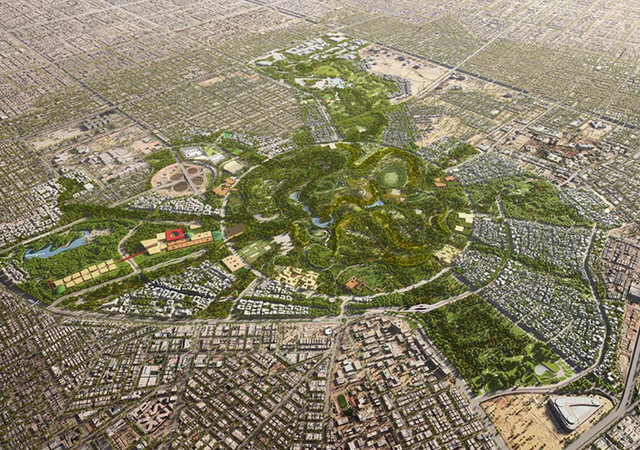
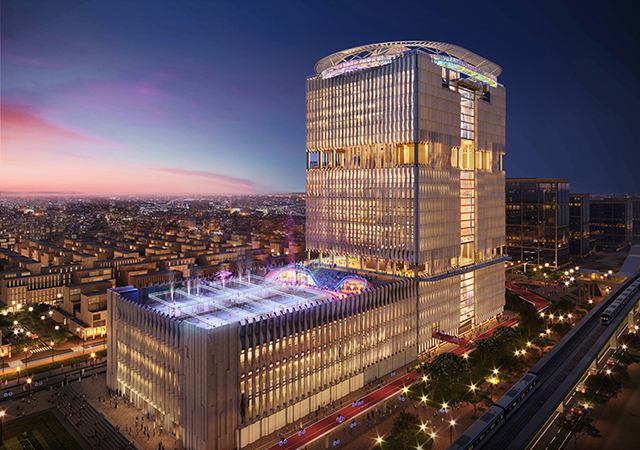
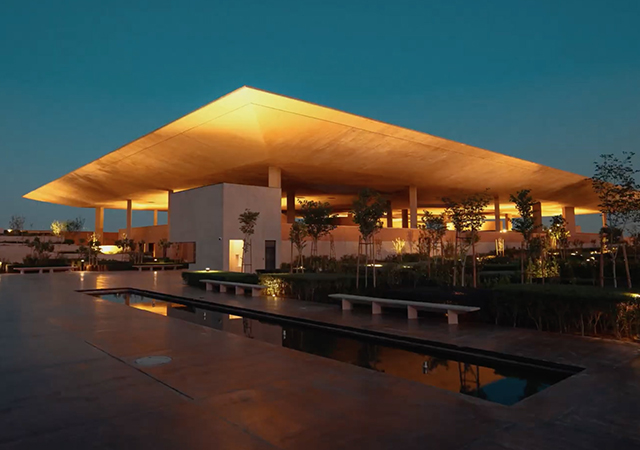
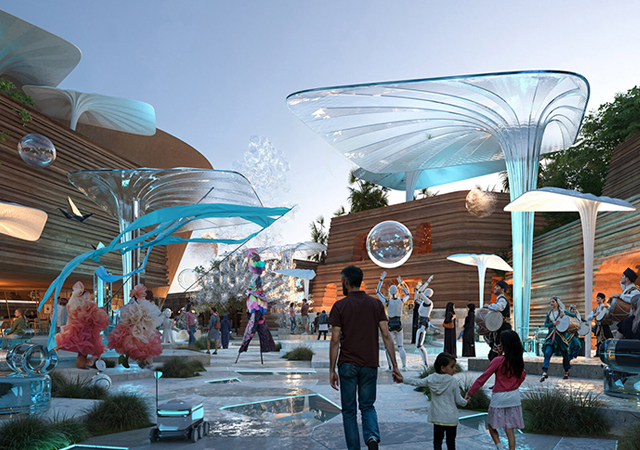
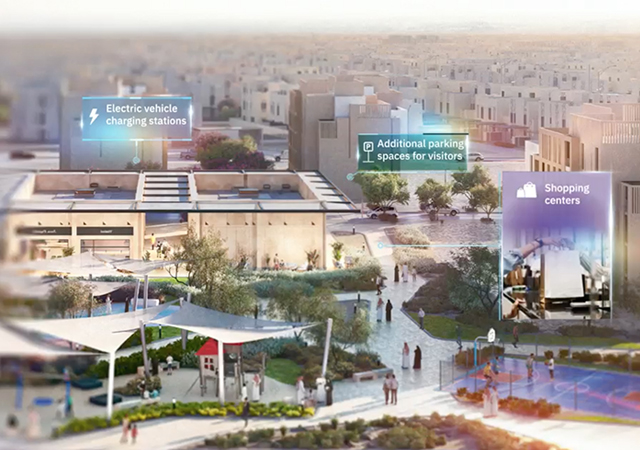
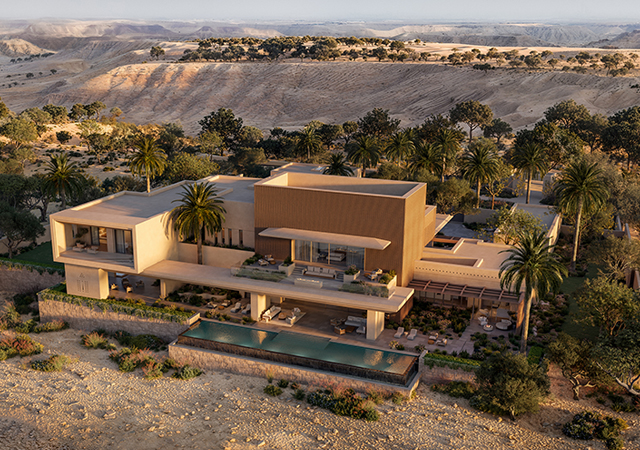
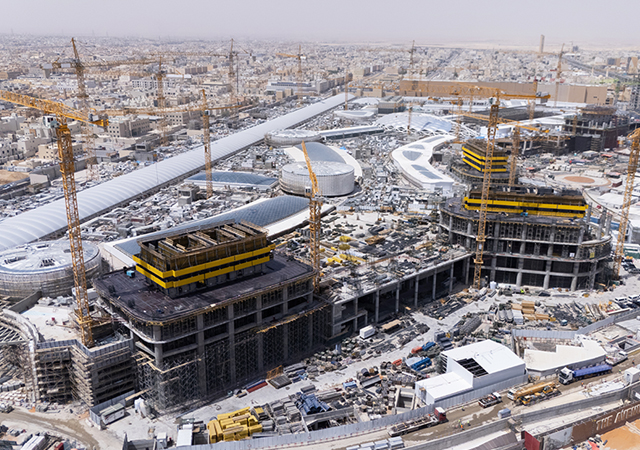
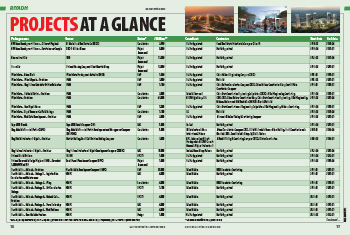
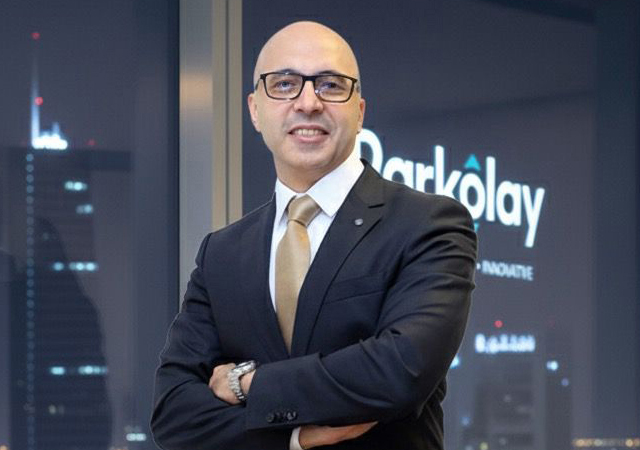
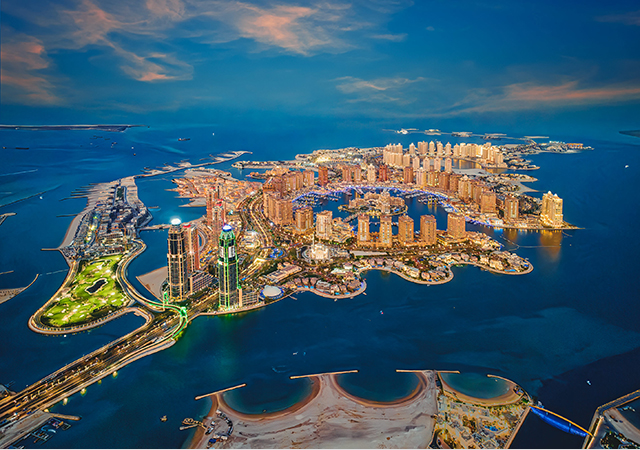

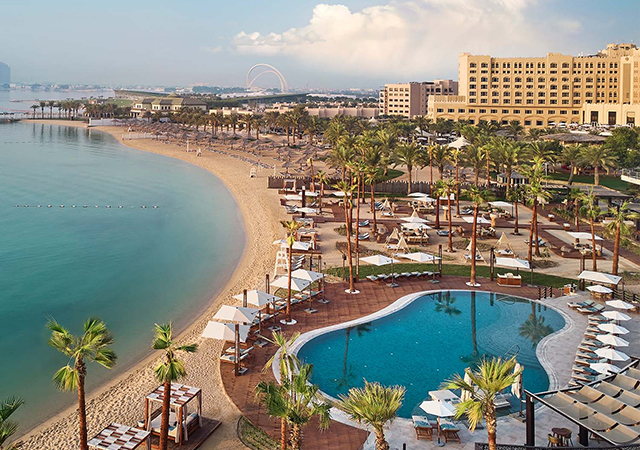

.jpg)
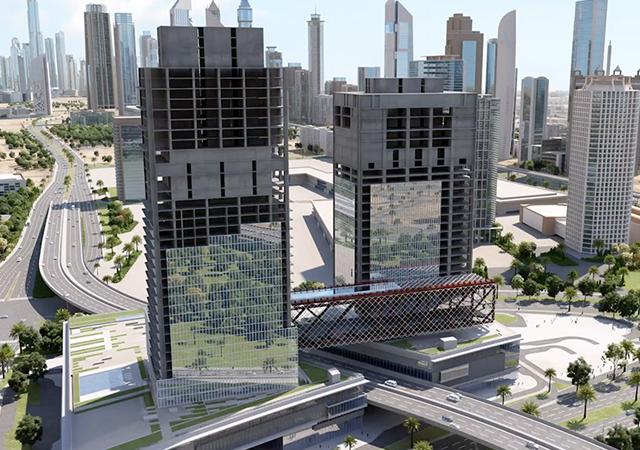
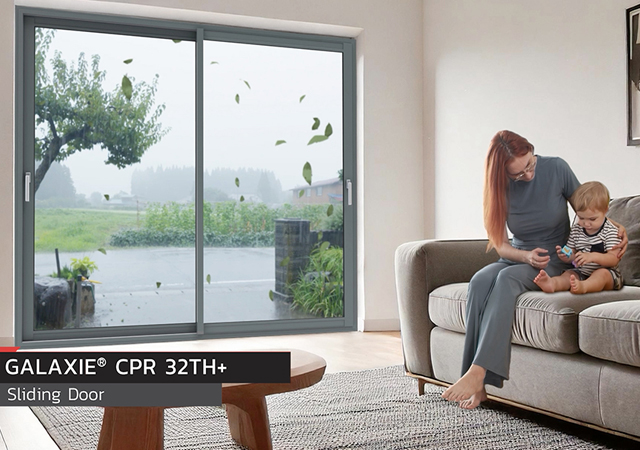
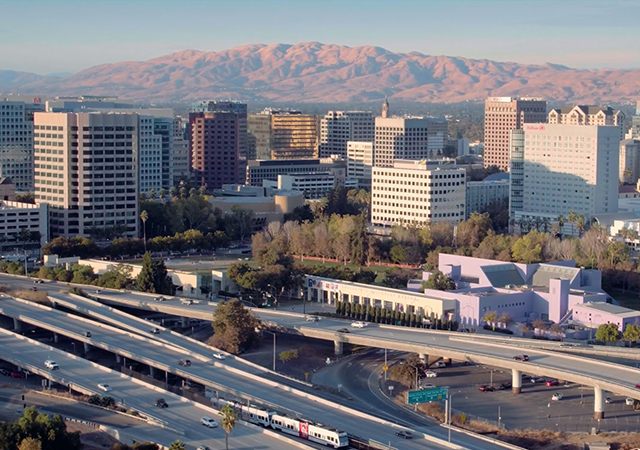
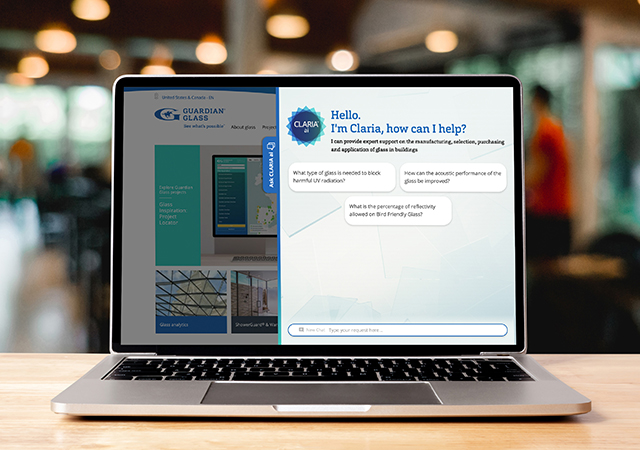

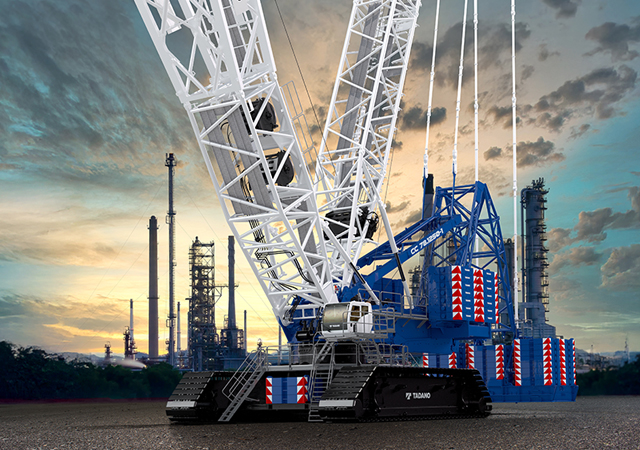
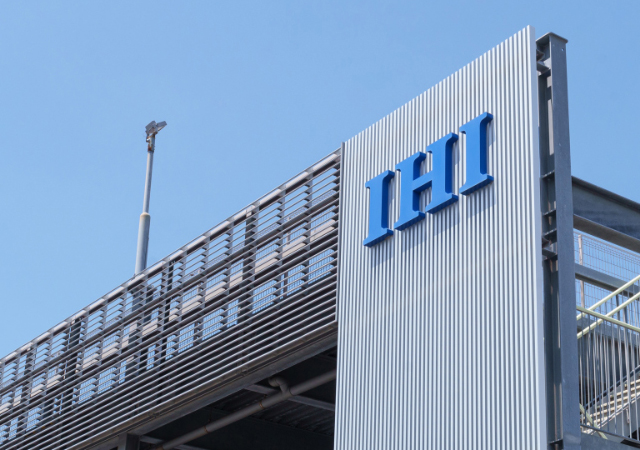
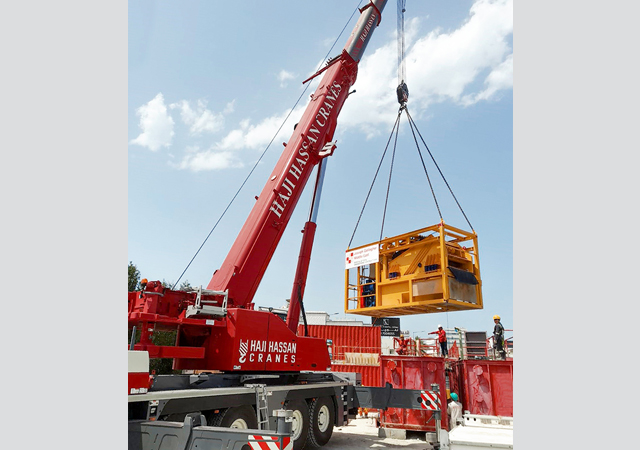
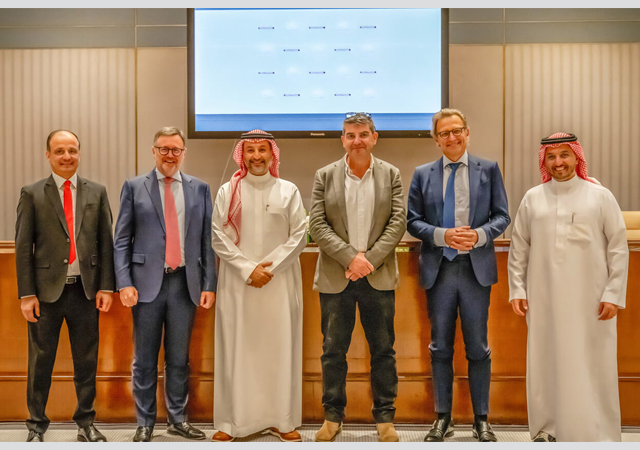
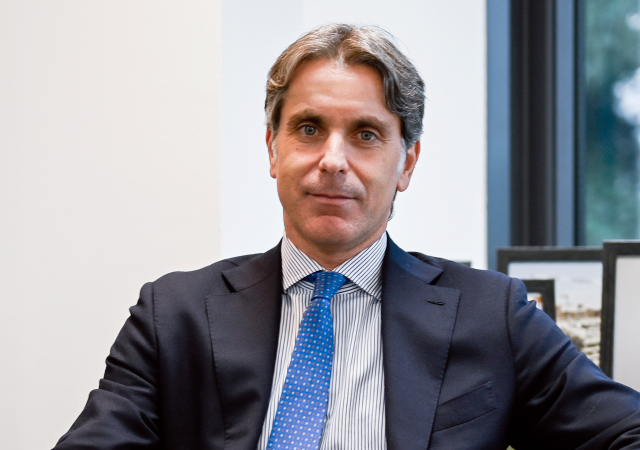
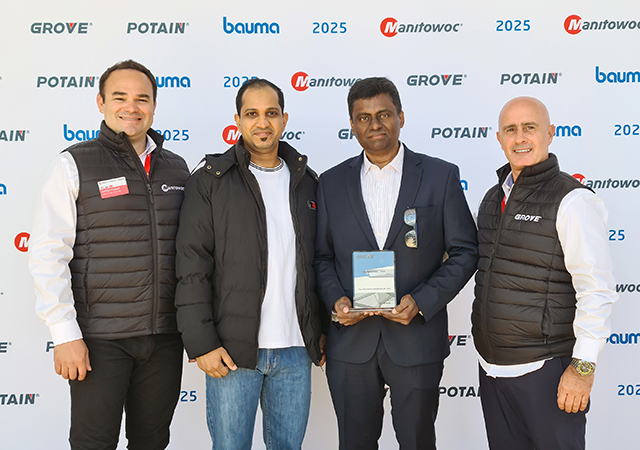
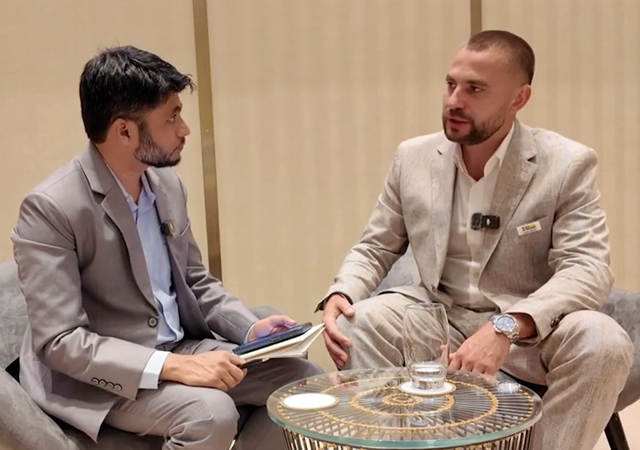
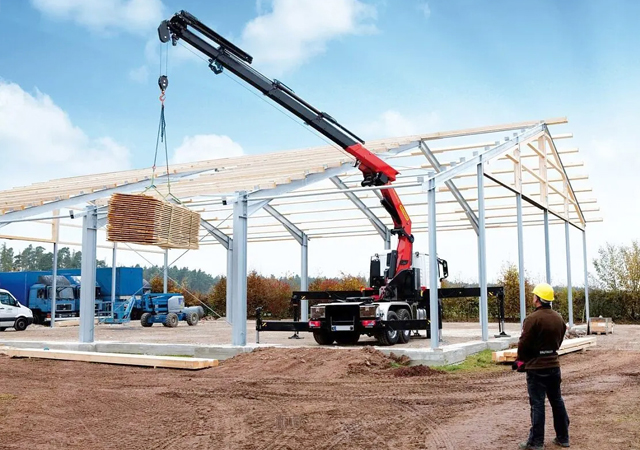
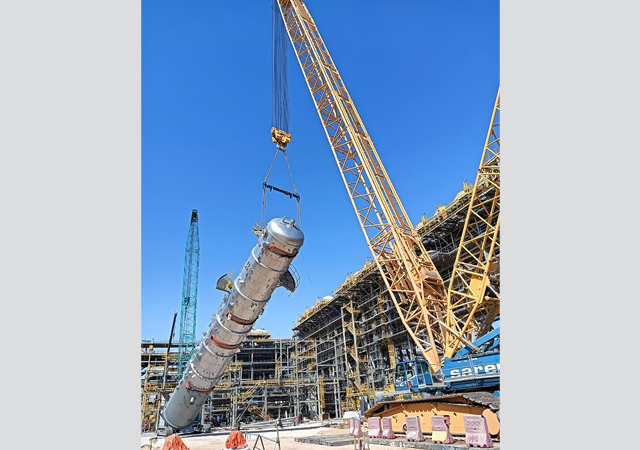
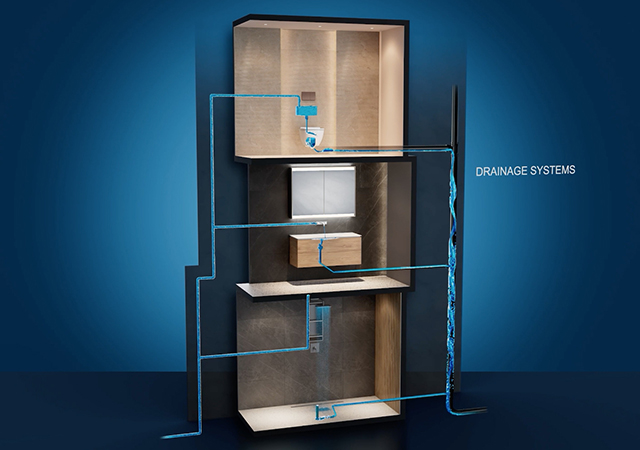
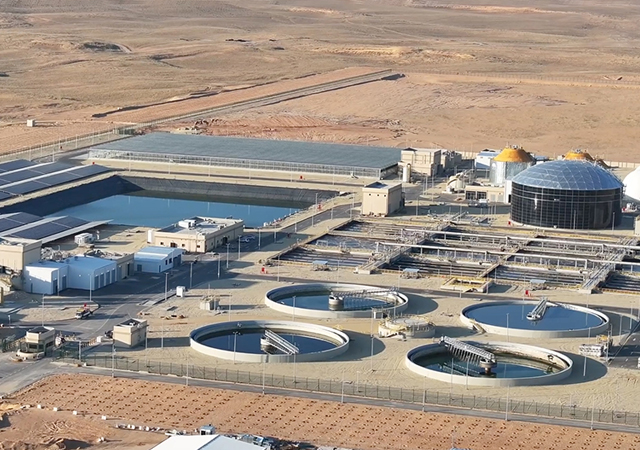


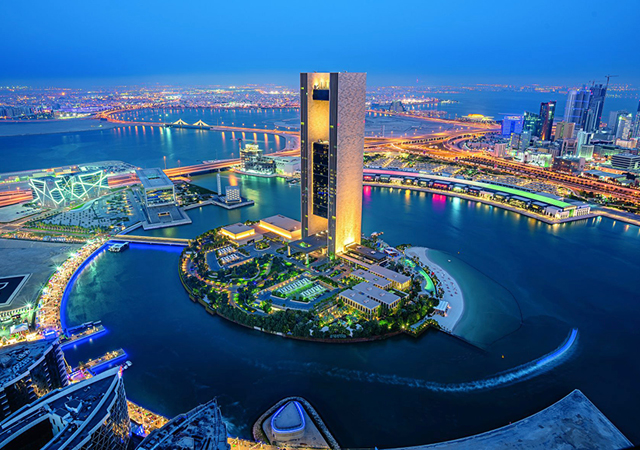
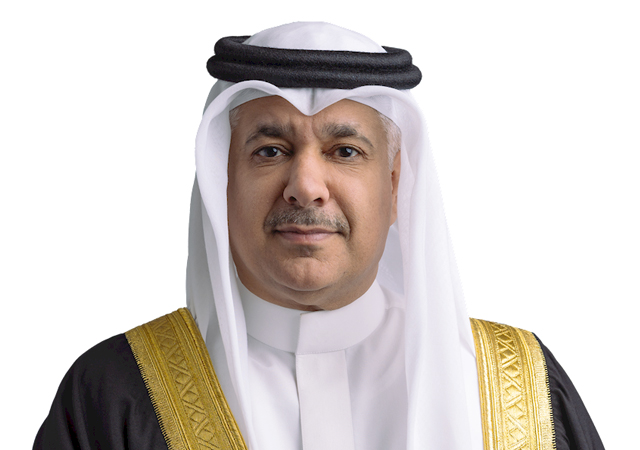
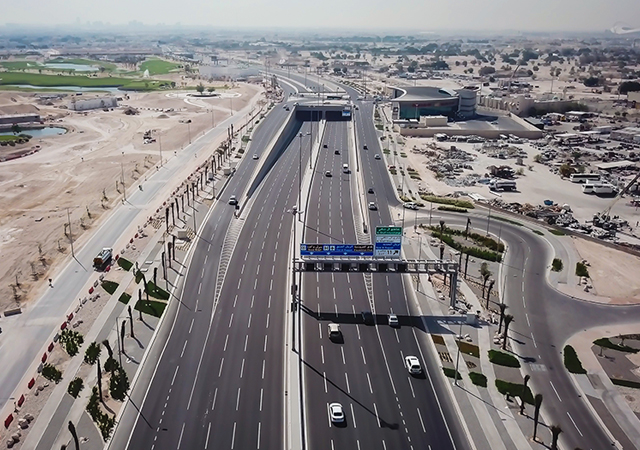
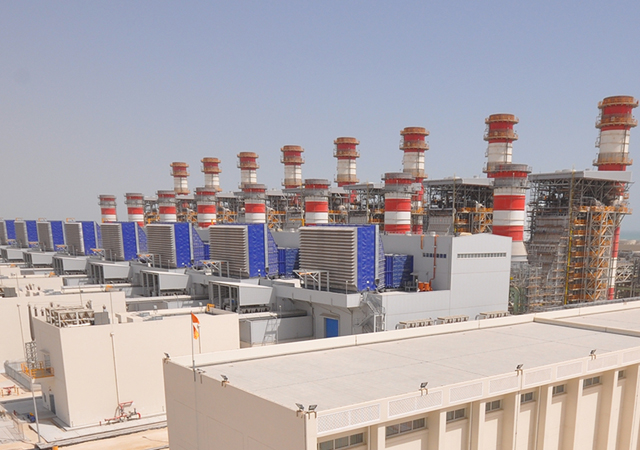
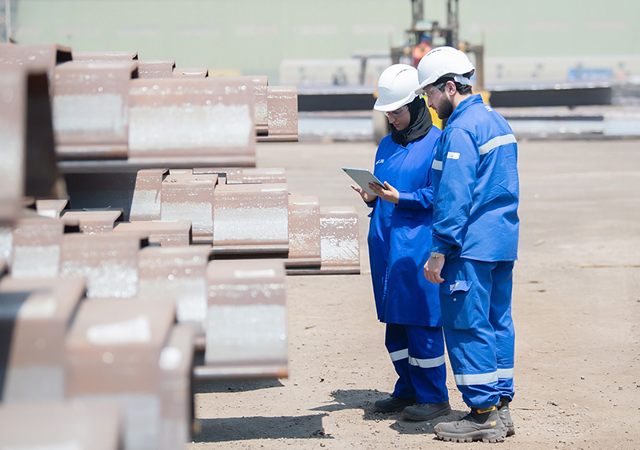
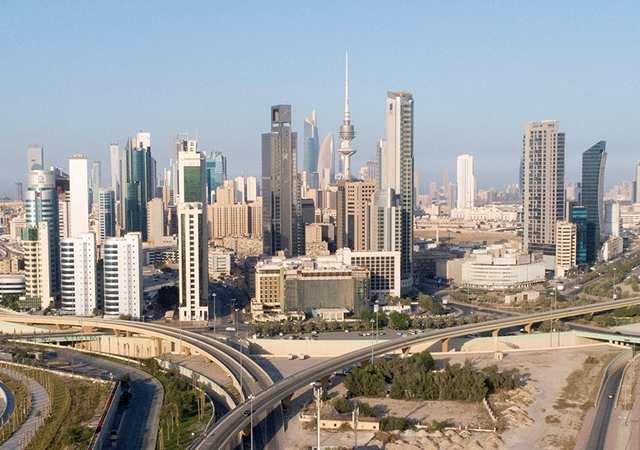

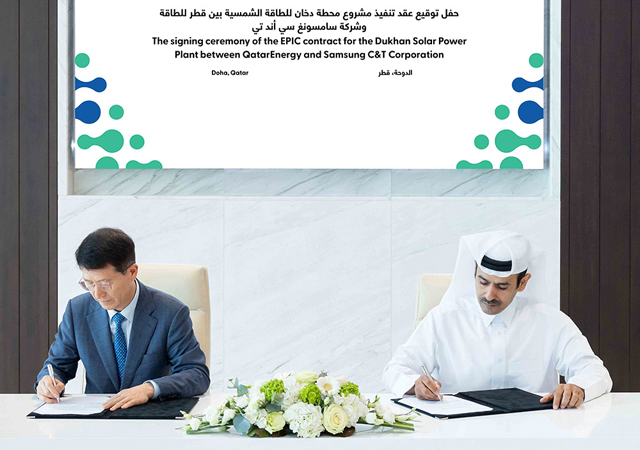
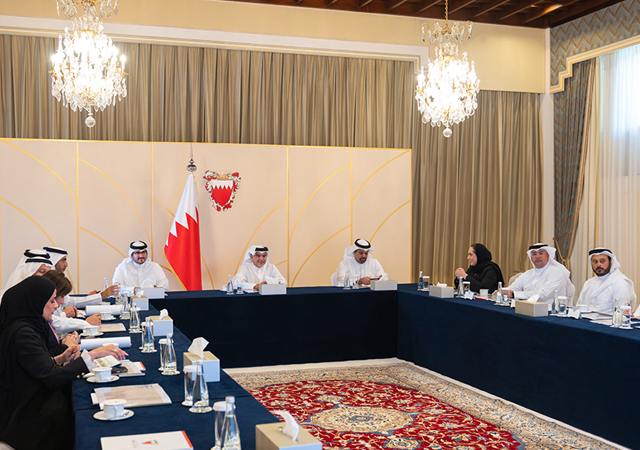

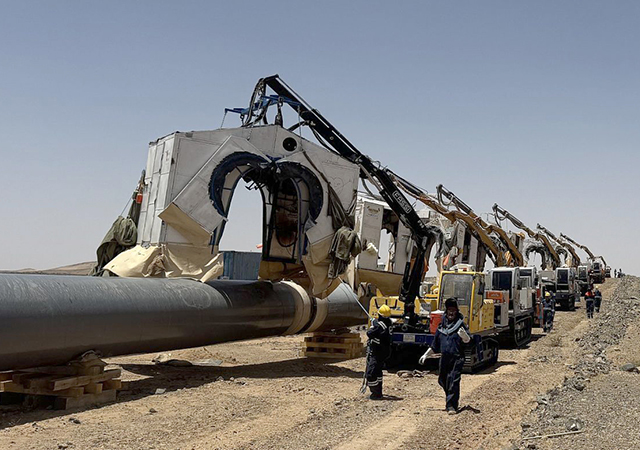
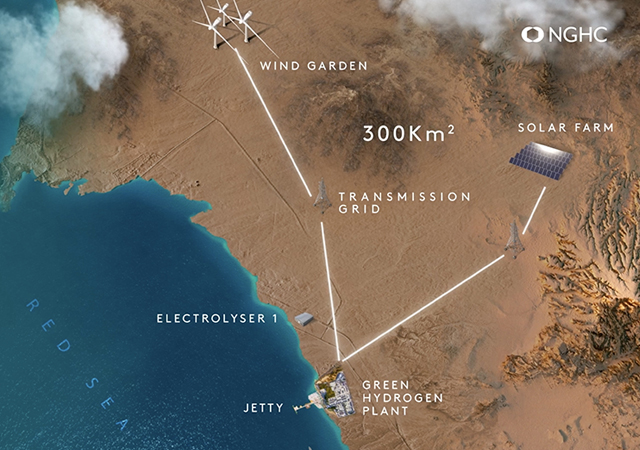
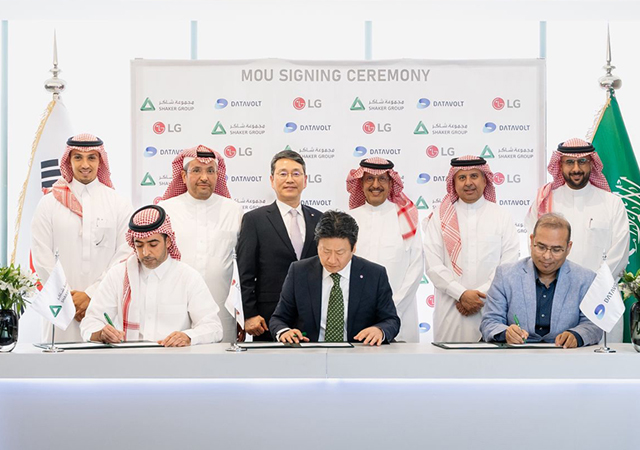
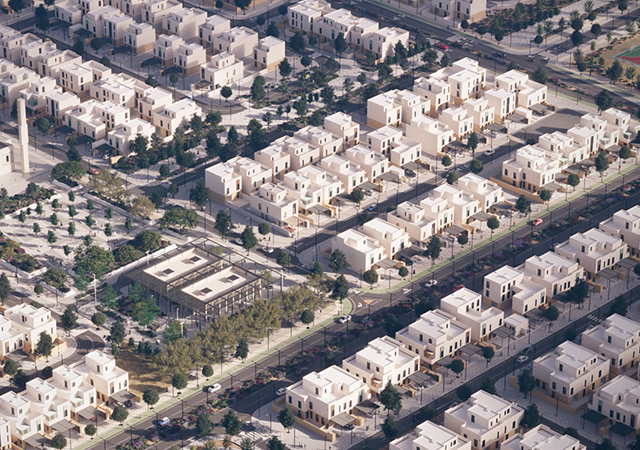
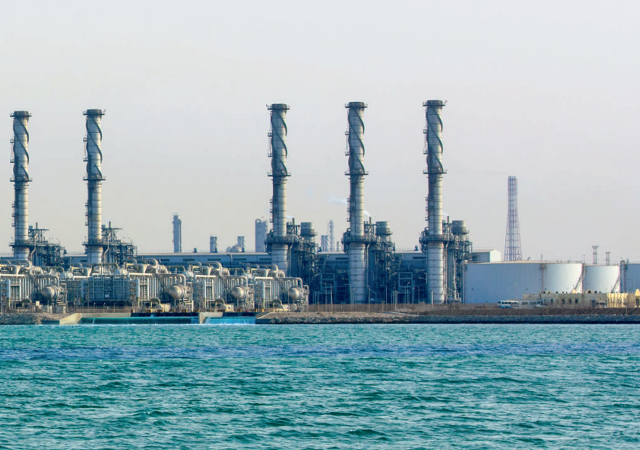

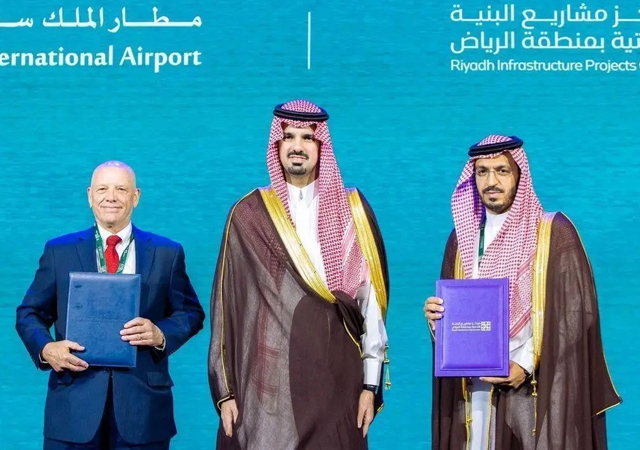
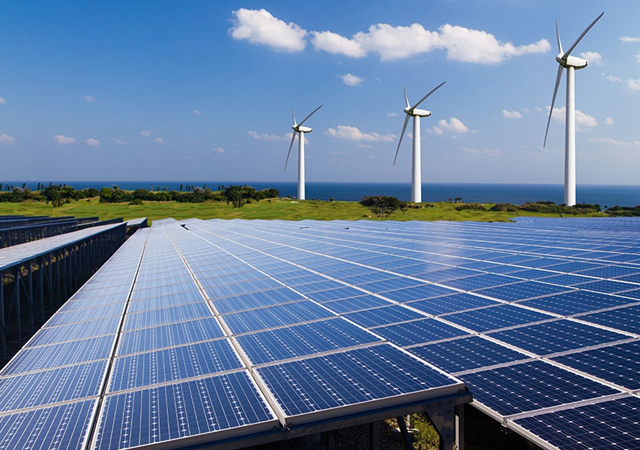
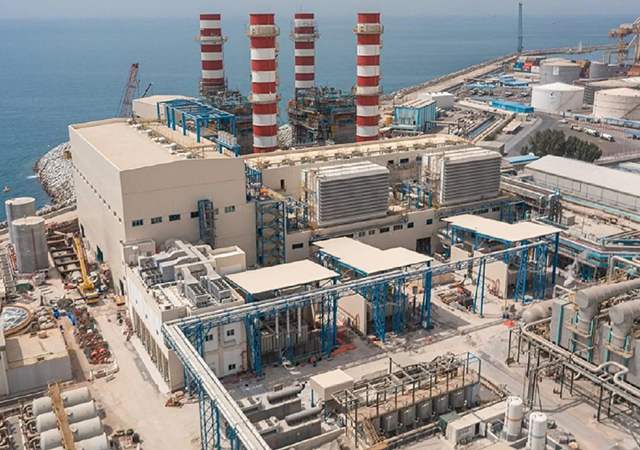
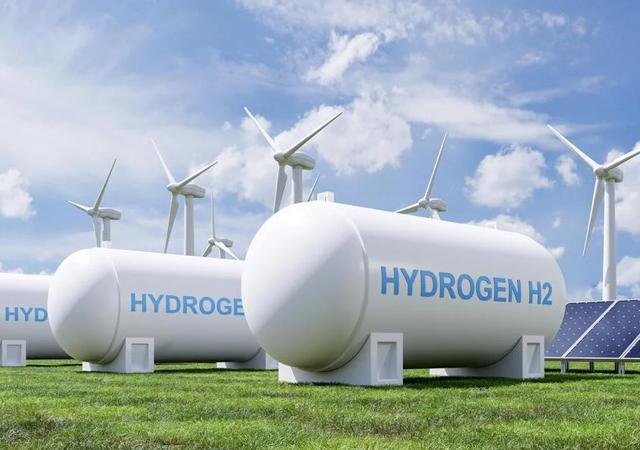

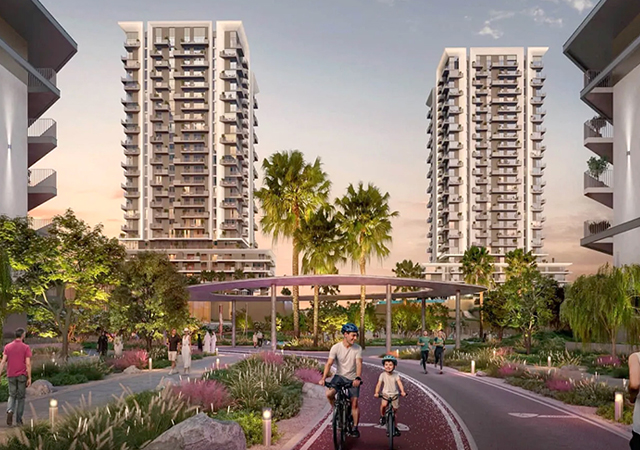
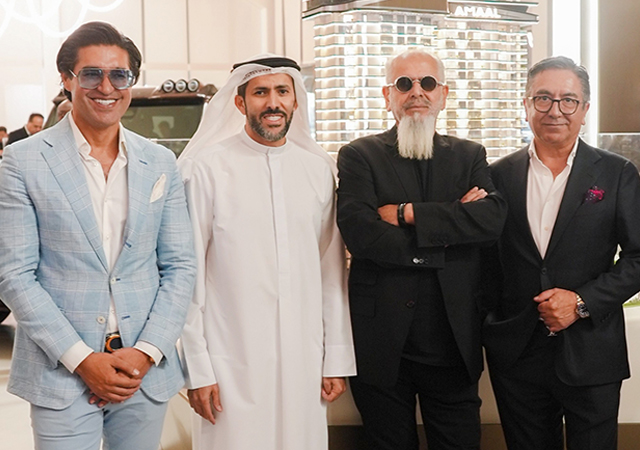
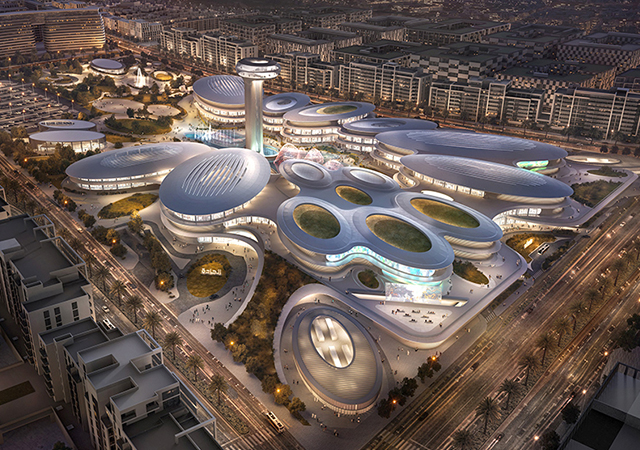
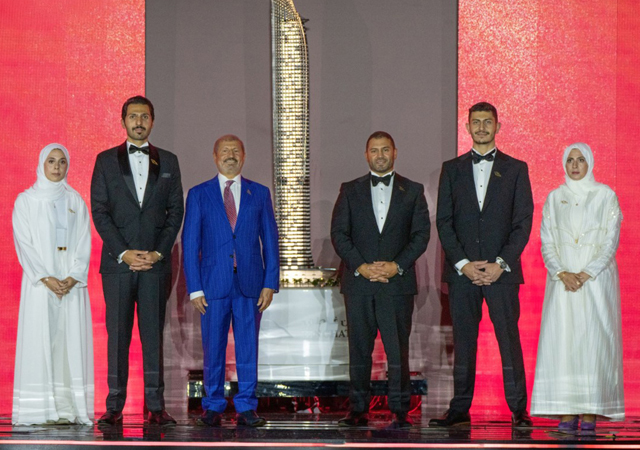
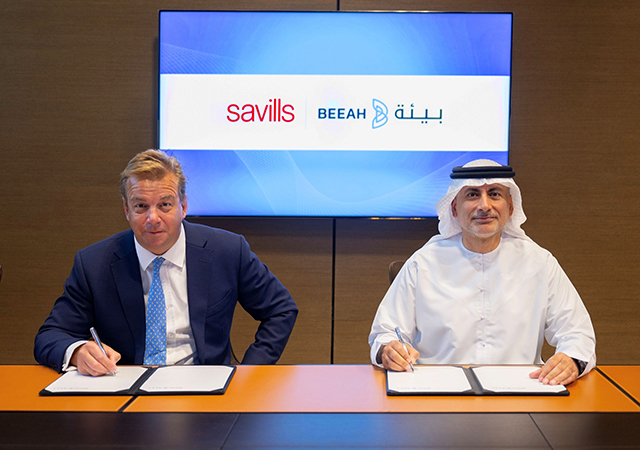
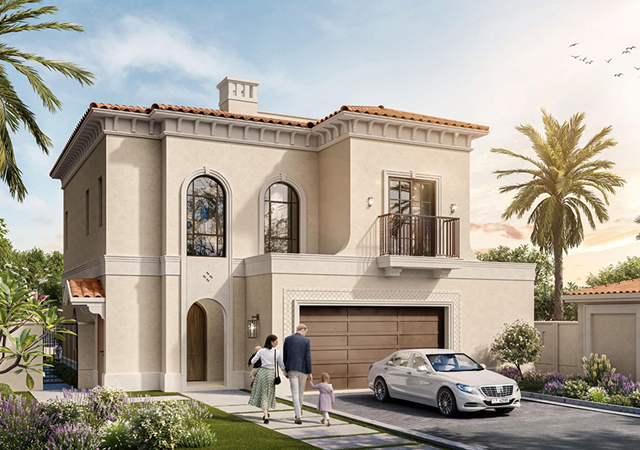
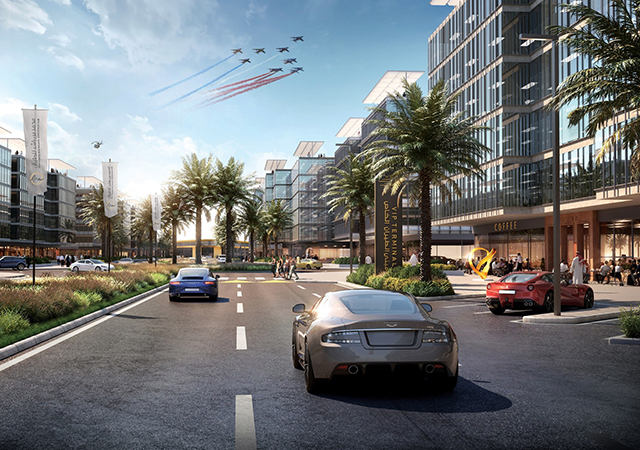
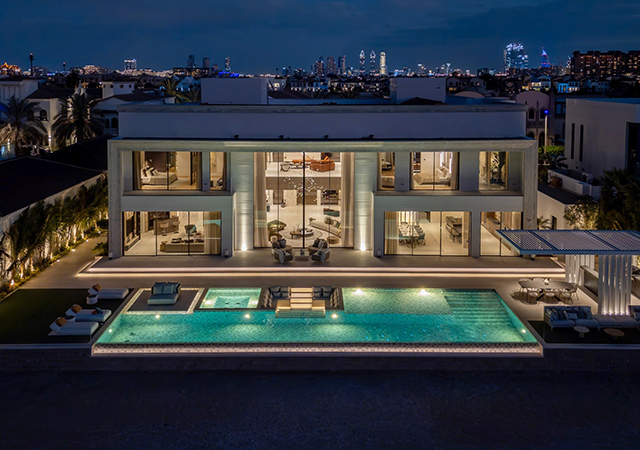
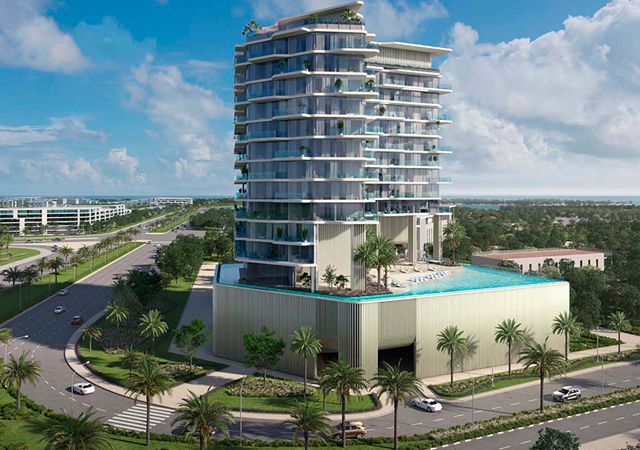
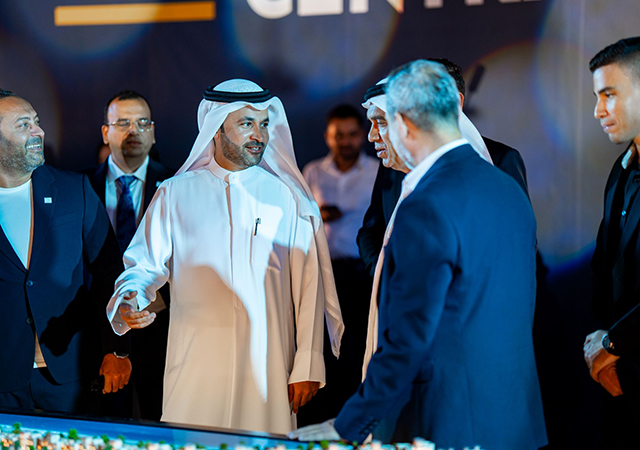
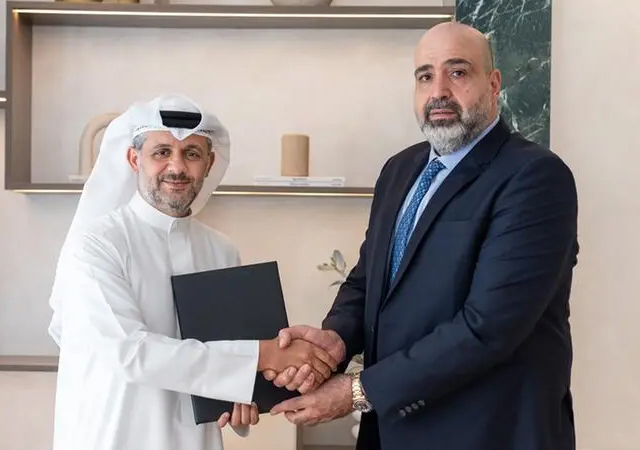
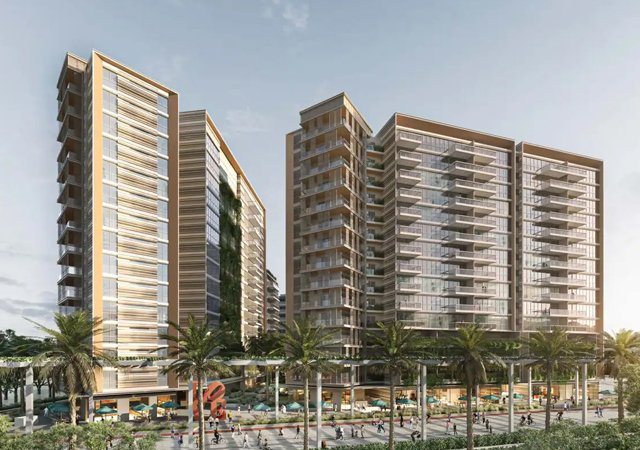
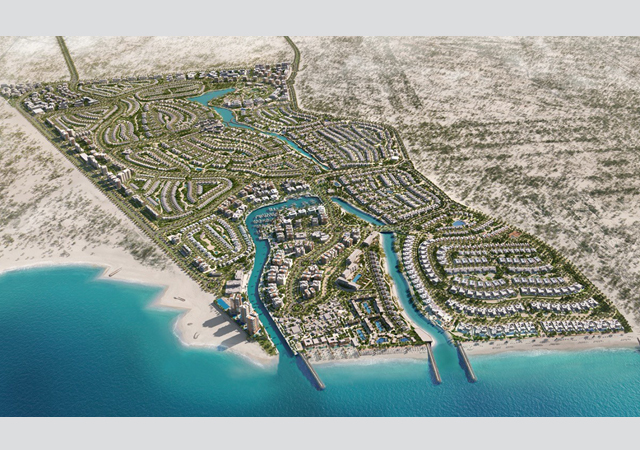
.jpg)
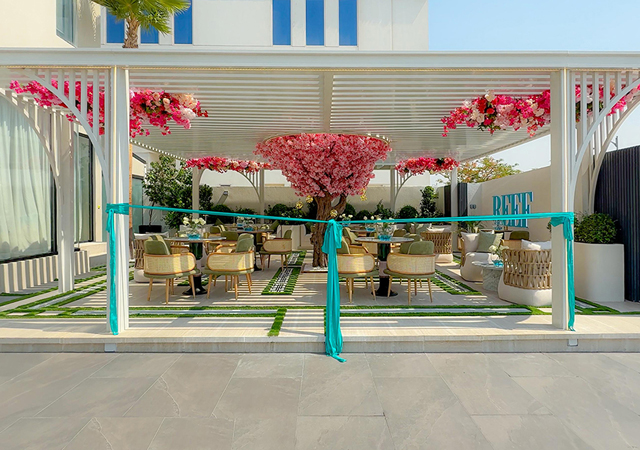
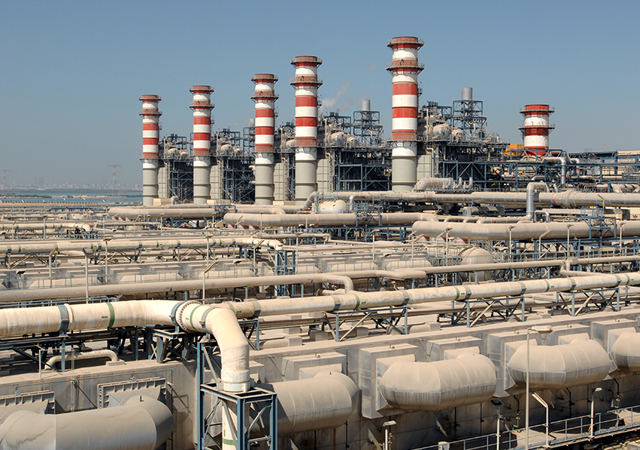
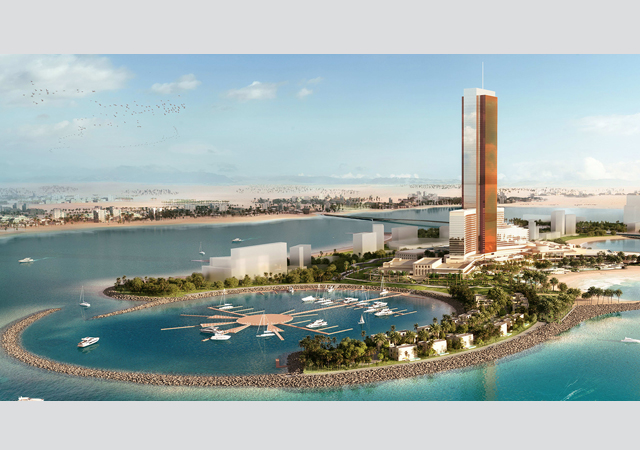
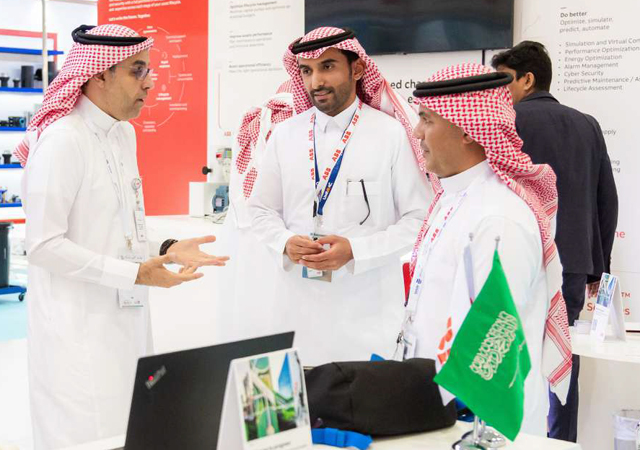
.jpg)
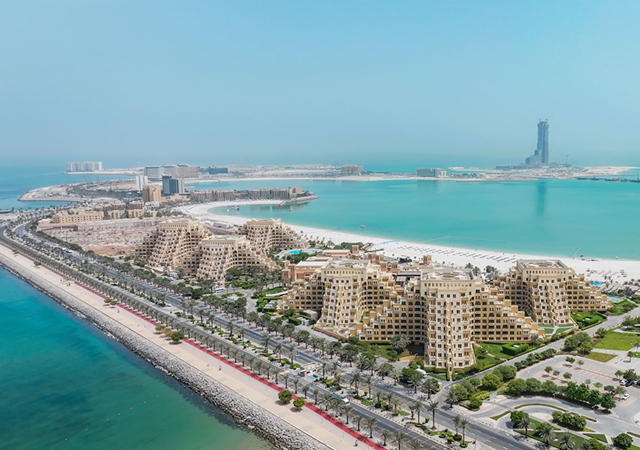

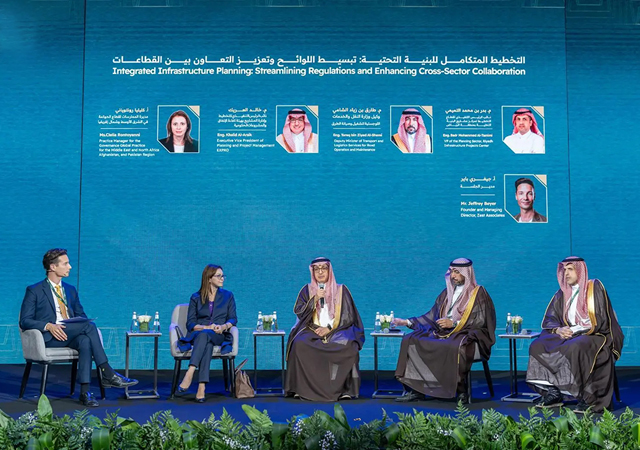
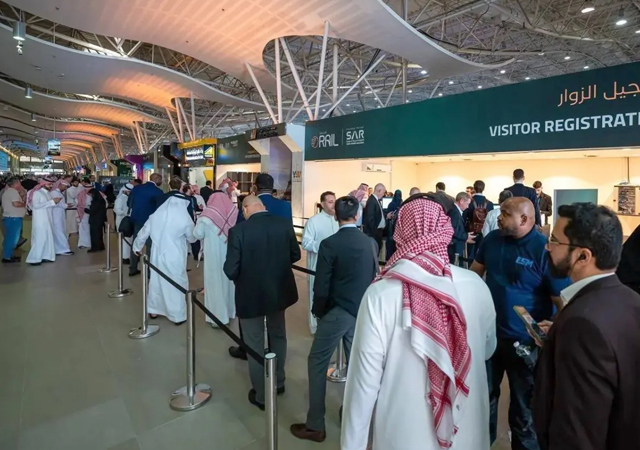













.jpg)


























.jpg)

.jpg)



